Welcome to DU!
The truly grassroots left-of-center political community where regular people, not algorithms, drive the discussions and set the standards.
Join the community:
Create a free account
Support DU (and get rid of ads!):
Become a Star Member
Latest Breaking News
General Discussion
The DU Lounge
All Forums
Issue Forums
Culture Forums
Alliance Forums
Region Forums
Support Forums
Help & Search
Asian Group
Related: About this forumHow Street Culture Shaped Asian-American Identity
To commemorate Asian-Pacific Heritage Month, this week’s FRONTPAGE finds our indelible editorial director Jian DeLeon reflecting on the extent to which streetwear and street culture has provided a means of expression and identity for the Asian-American community.https://www.highsnobiety.com/p/asian-americans-in-street-culture/
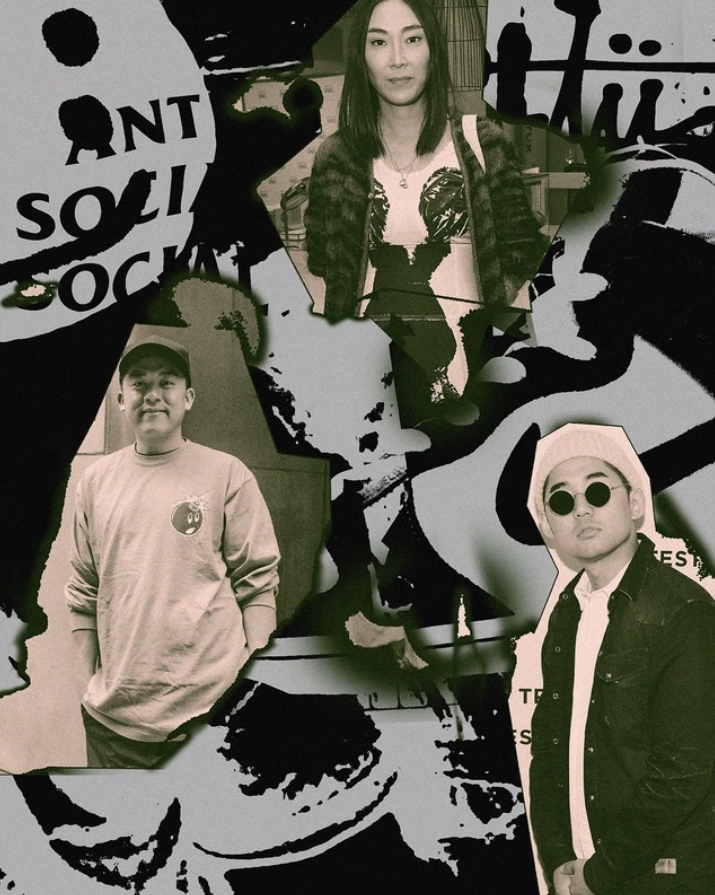
The term “Asian-American” is a recent construct. It’s a preferable alternative to “Oriental,” first used in 1968 by the Asian American Political Alliance, a short-lived organization that participated in the Third World Liberation Front’s student strikes of 1968 in California. Before Fred Hampton’s Rainbow Coalition, this multiracial group protested a Eurocentric curriculum and a lack of diversity on campus, leading to the establishment of ethnic studies programs at San Francisco State University and Berkeley, and an increase in faculty members of color. Over 50 years later, Asian-Americans are still trying to find ourselves in the diaspora. Much of what it actually means to be “Asian-American” is still up in the air. For me, it boils down to moments that feel like Spider-Man pointing at himself when you see someone who looks like you killing it in a world you had no idea you were even allowed in. It’s how I felt when I first saw a jegging-clad Rufio leading the Lost Boys in Hook, Willy Santos as a playable character in Grind Session, and Chad Hugo next to Pharrell on the cover of The Neptunes Present… Clones.
Jeff Ng — better known as Jeff Staple — had one of those moments when he first met John C. Jay, a former Wieden+Kennedy ad exec who oversaw some of Nike’s best campaigns (like the “City Attack” spots) that continue to influence how the Swoosh thinks about cultural marketing. Jay is currently the president of global creative at Uniqlo. Staple recalls being at the Wieden+Kennedy headquarters in Portland, watching a breakdance exhibition by the Rocksteady Crew, when an older Asian guy sat next to him and the two began talking. When they sussed out their respective identities, they reacted with an incredulous: “But you’re Chinese!” “It’s so telling because there would not be the assumption that each of us would’ve been Asian,” says Staple. “The assumption is that if they’re in that position… they have to be white.”
https://www.instagram.com/p/BpvSRGfBy1t
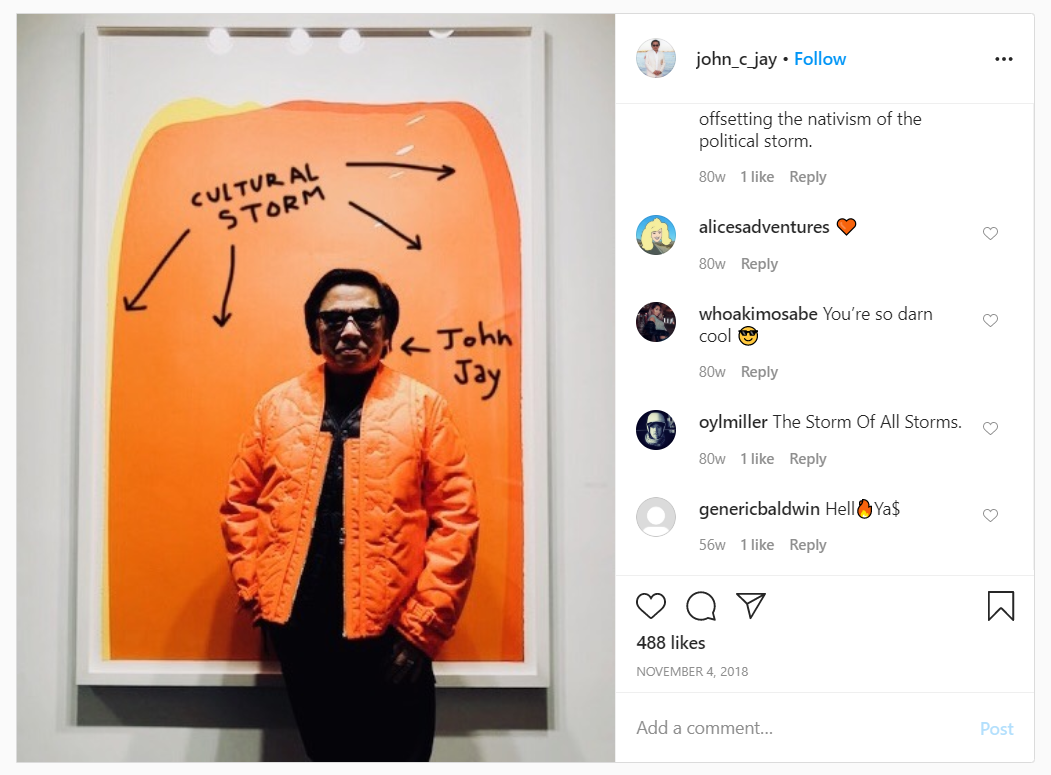
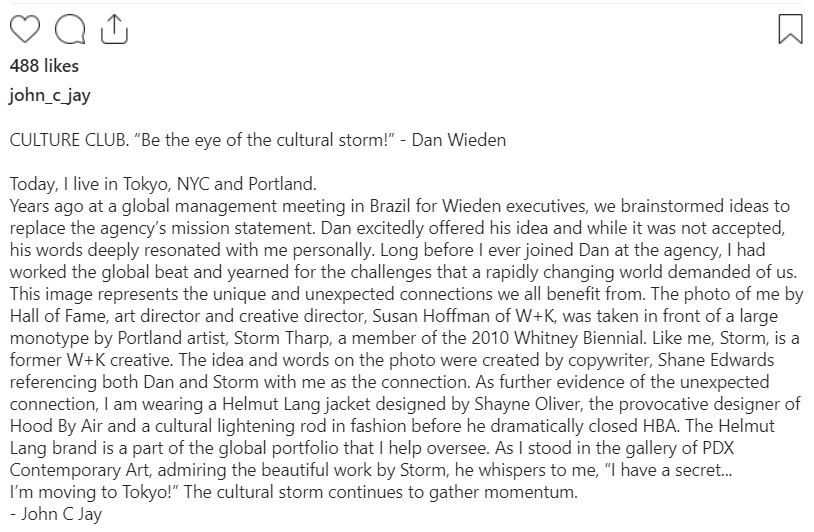
There’s a high density of Asian faces in the area where sneakers, streetwear, and cult fashion brands meet in the middle. It’s not hard to see that on the consumer side, as any shoppable city in the US is host to a number of well-heeled Asian tourists and Asian-Americans in neck-breaking jawns. You could chalk it up to our spending power (estimated to reach $1.3 trillion by 2023, according to the Nielsen Company), or a median age of 35.4, (still young enough to adroitly pull off anything from ACRONYM to Supreme to Human Made). But more importantly, Asian-Americans have an inherently social purchase path — a Nielsen study points out 29% of Asian-Americans “prefer to buy things my friends and neighbors would approve of” (the average US consumer answered 15%), and 32% share their opinions by posting reviews and ratings online (sup, Yelp gang and Disqus). So categorically, it’s a demographic of flexers and early adopters of everything from buzzy restaurants, first-gen smartphones, and yes — hyped brands.
It could be enough to explain how Neek Lurk went from lurking on forums like NikeTalk to running Stüssy’s social media and becoming a millionaire off his self-aware streetwear brand Anti Social Social Club. According to Kyle Ng, founder of Brain Dead, ASSC is probably the most Asian-American streetwear brand around — but not just in the way Neek includes South Korea and Filipino flags on his gear, or flips stereotypes like import car culture and the kawaii Bratz-meets-Homies characters that were commonplace on fledgling internet communities like AsianAvenue. “He speaks to the Asian condition,” he says. “You’re anti-social social! It’s those kids on message boards wearing Supreme, but they’re also very quiet and shy. How many nerdy Asian kids have you seen that rock the craziest fits?”
https://www.instagram.com/p/B-N0sfunEg
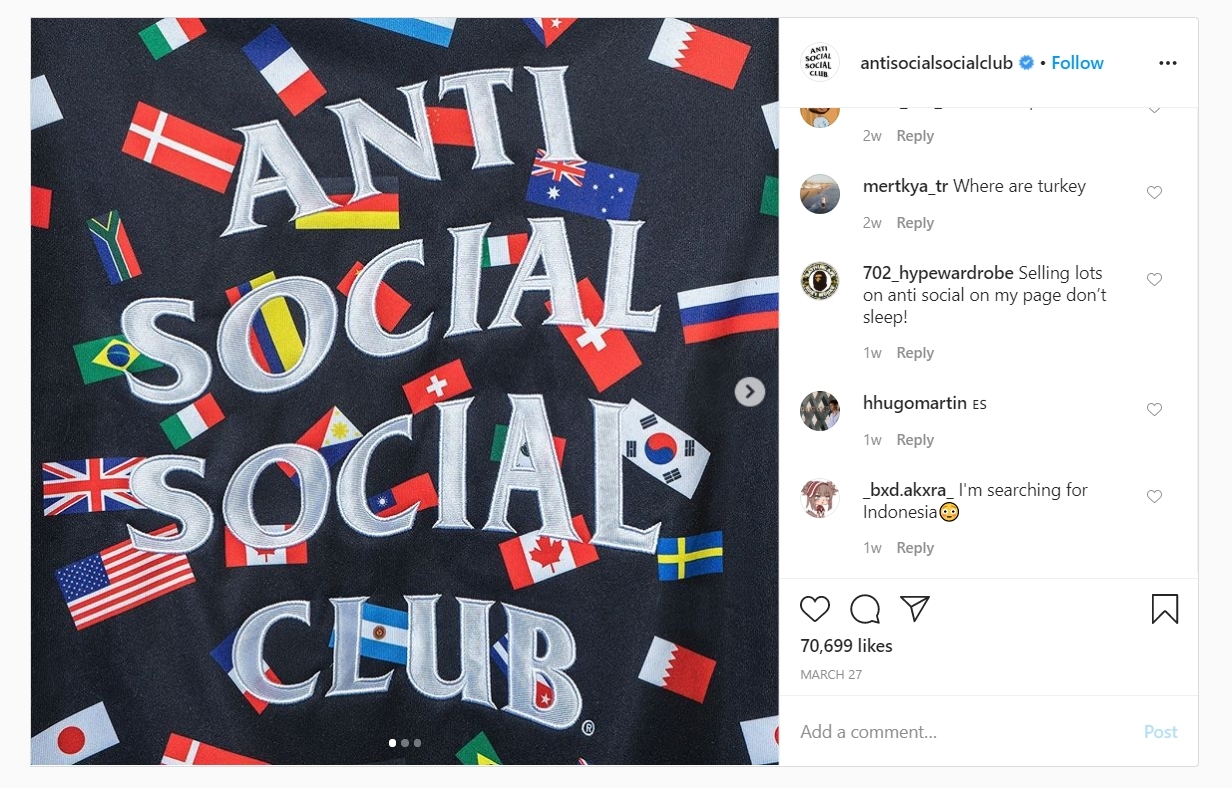
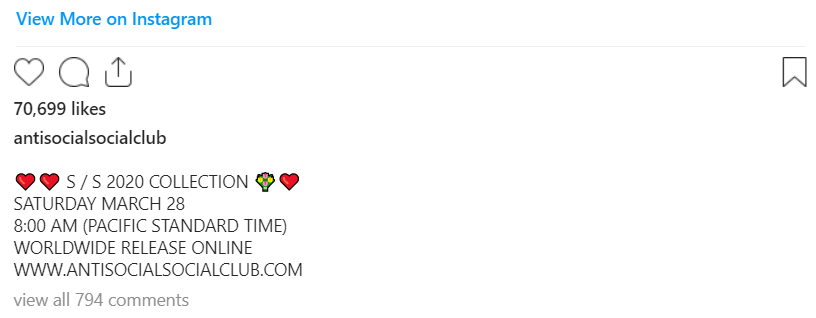
Like the fashion industry, street culture has welcomed Asian-American creatives and entrepreneurs for a while. There’s been a decent amount of representation ranging from skateboarding (Shogo Kubo, Christian Hosoi, and Daewon Song), streetwear (Mighty Healthy’s Ray Mate, Stüssy/Maiden Noir designer Nin Truong, Cactus Plant Flea Market’s Cynthia Lu), retail (Commonwealth’s Omar Quiambao, Extra Butter’s Bernie Gross, and Eric Peng Cheng, the OG behind pickyourshoes.com, BAIT, and Undefeated), and sneakers (Nike exec David Creech, basketball design director Leo Chang, Jordan Brand energy guru Gemo Wong, ASICS brand manager Marc Marquez, and Reebok’s collaboration king Leo Gamboa). The best part is there’s always room for more.
snip
InfoView thread info, including edit history
TrashPut this thread in your Trash Can (My DU » Trash Can)
BookmarkAdd this thread to your Bookmarks (My DU » Bookmarks)
1 replies, 1274 views
ShareGet links to this post and/or share on social media
AlertAlert this post for a rule violation
PowersThere are no powers you can use on this post
EditCannot edit other people's posts
ReplyReply to this post
EditCannot edit other people's posts
Rec (2)
ReplyReply to this post
1 replies
 = new reply since forum marked as read
Highlight:
NoneDon't highlight anything
5 newestHighlight 5 most recent replies
= new reply since forum marked as read
Highlight:
NoneDon't highlight anything
5 newestHighlight 5 most recent replies
How Street Culture Shaped Asian-American Identity (Original Post)
Celerity
May 2020
OP
FM123
(10,053 posts)1. Such a great article!
The part that really stood out :
Double consciousness is about reconciliation. Du Bois writes that in merging the “two-ness” of one’s self, there’s a wish that neither half is lost, but the end result is “better and truer.” For Kyle Ng, that led him on a path to discover artists like Barry McGee and Geoff McFetridge, labels like Mike Park’s Asian Man Records, and Japanese noise rock groups like Melt-Banana. It revealed a world of outsider art that continues to shape him and his brand today.